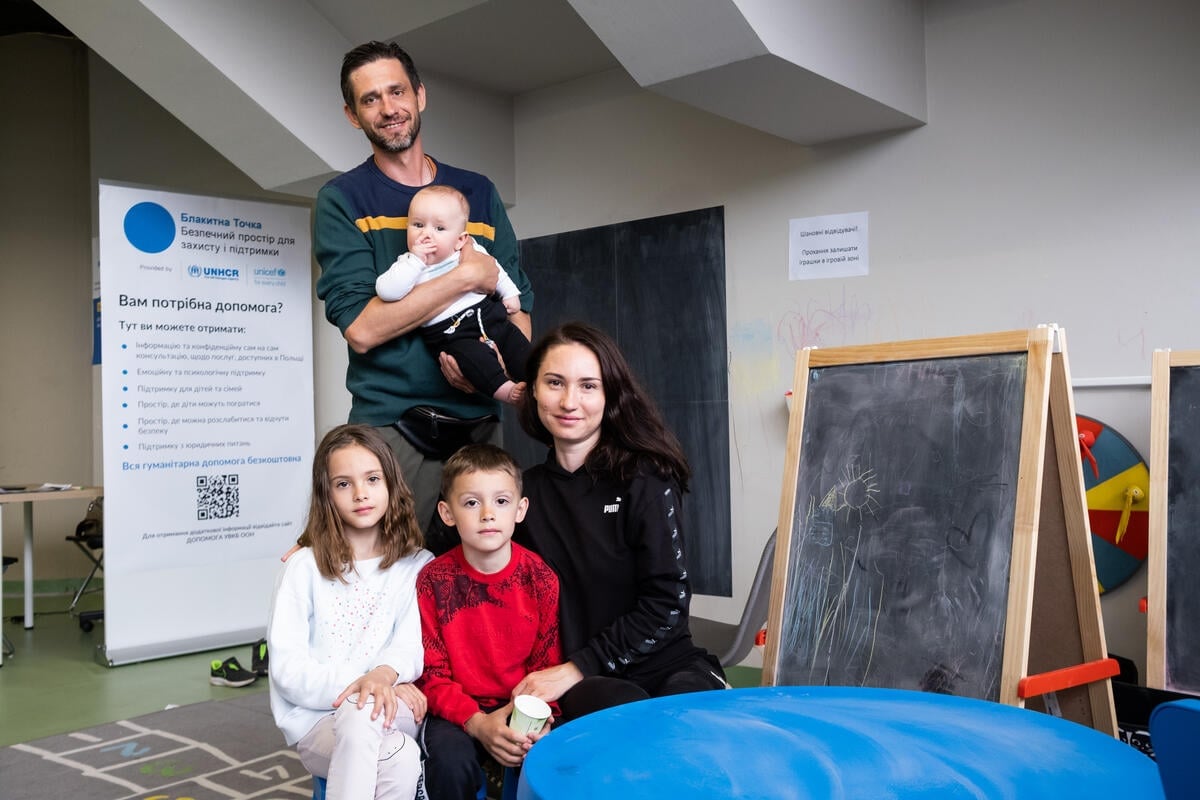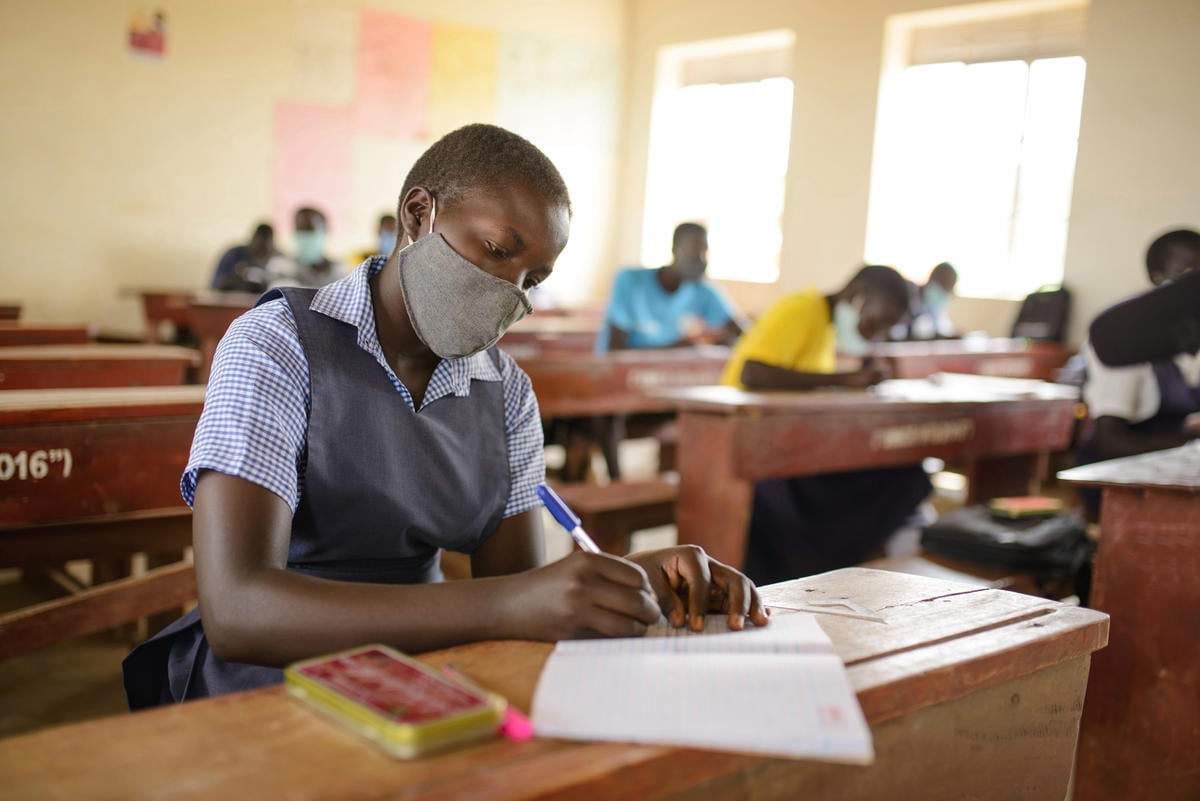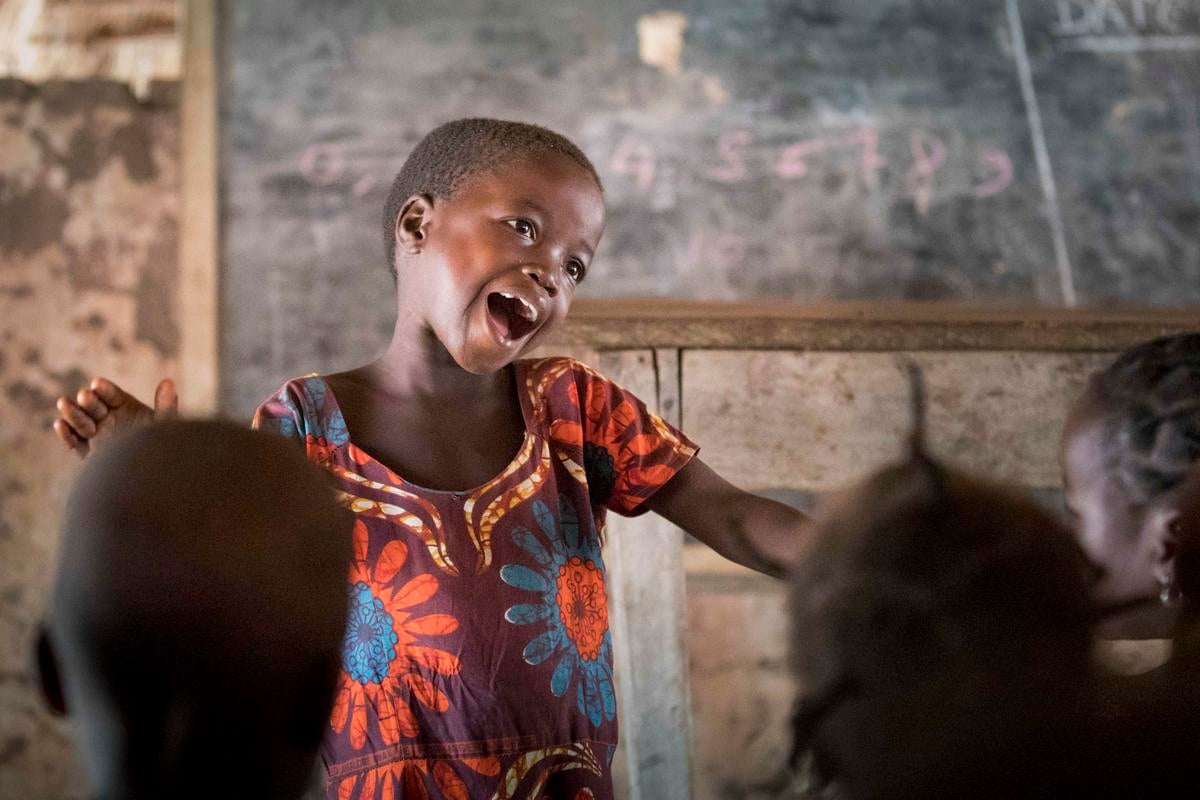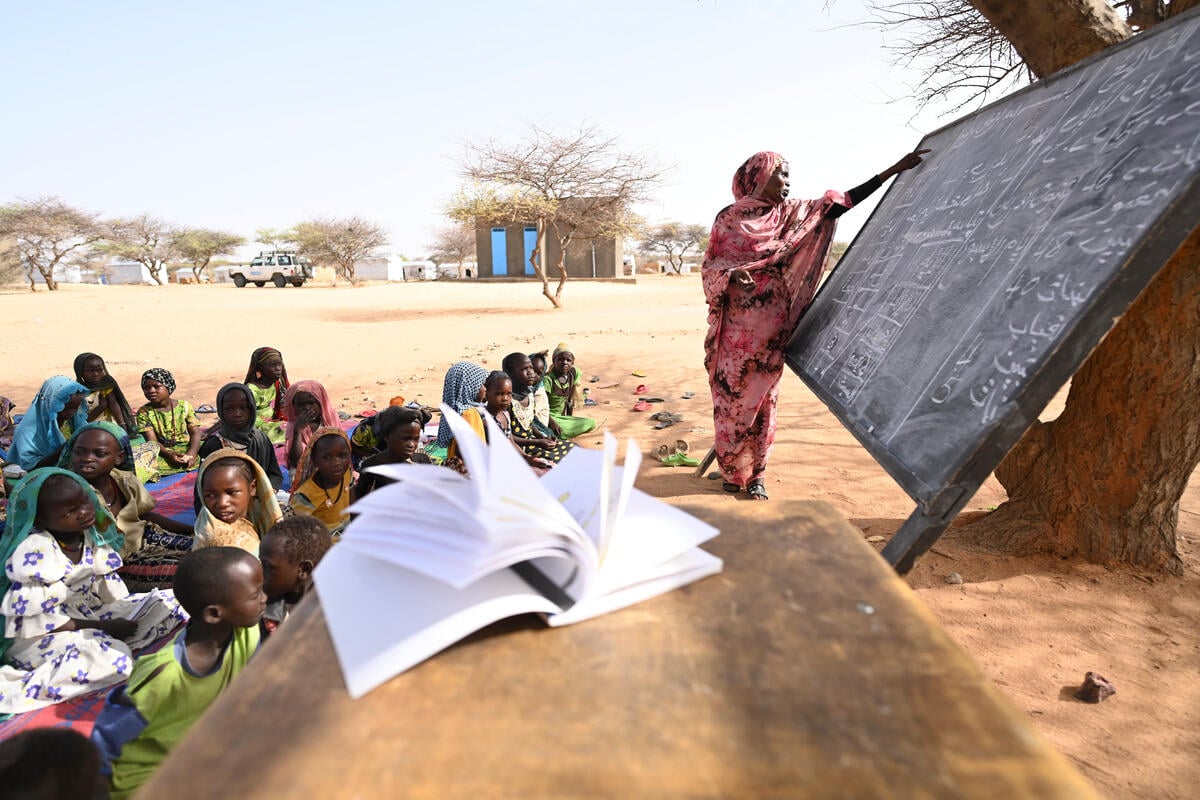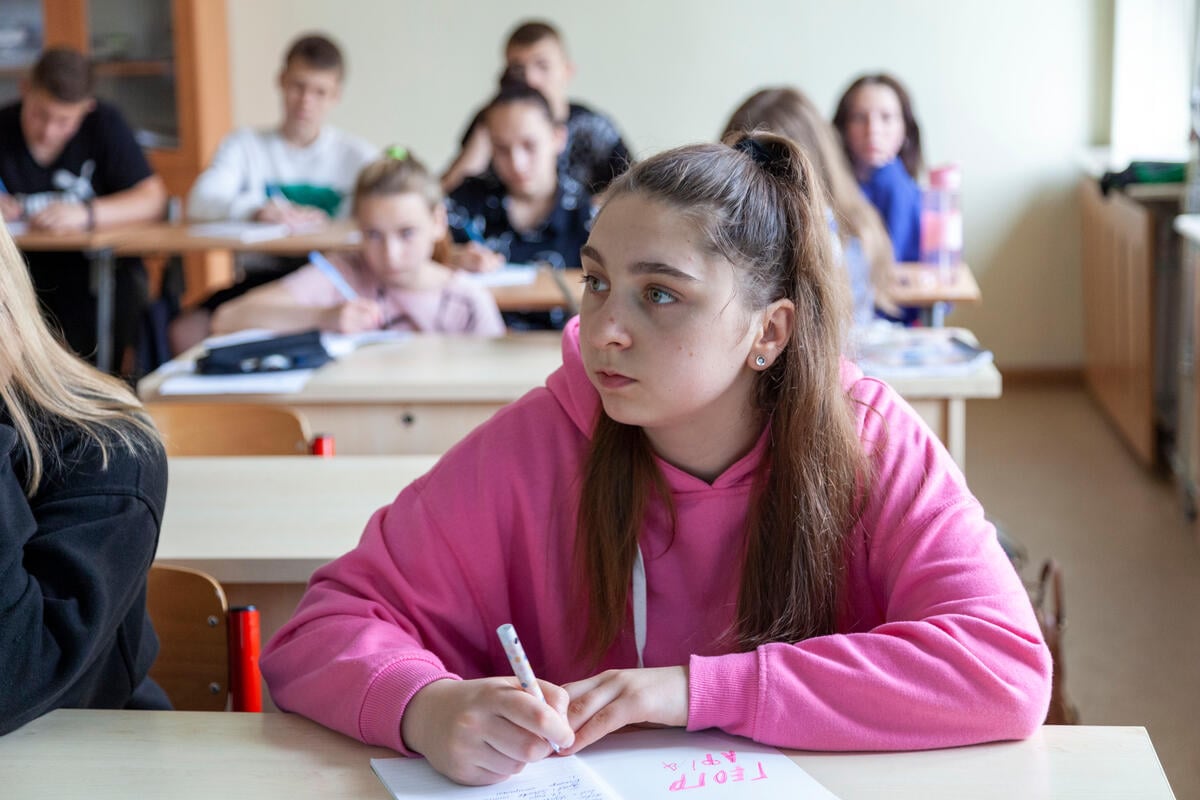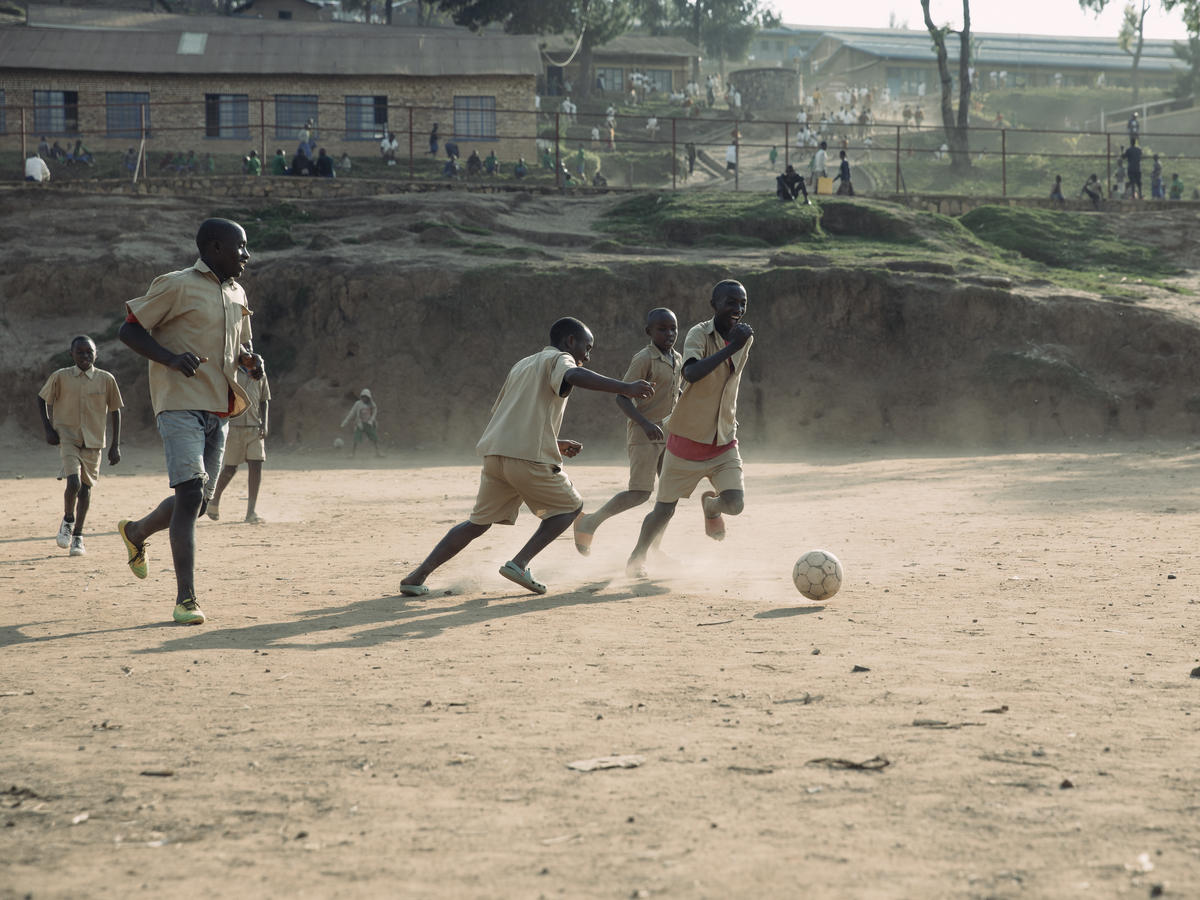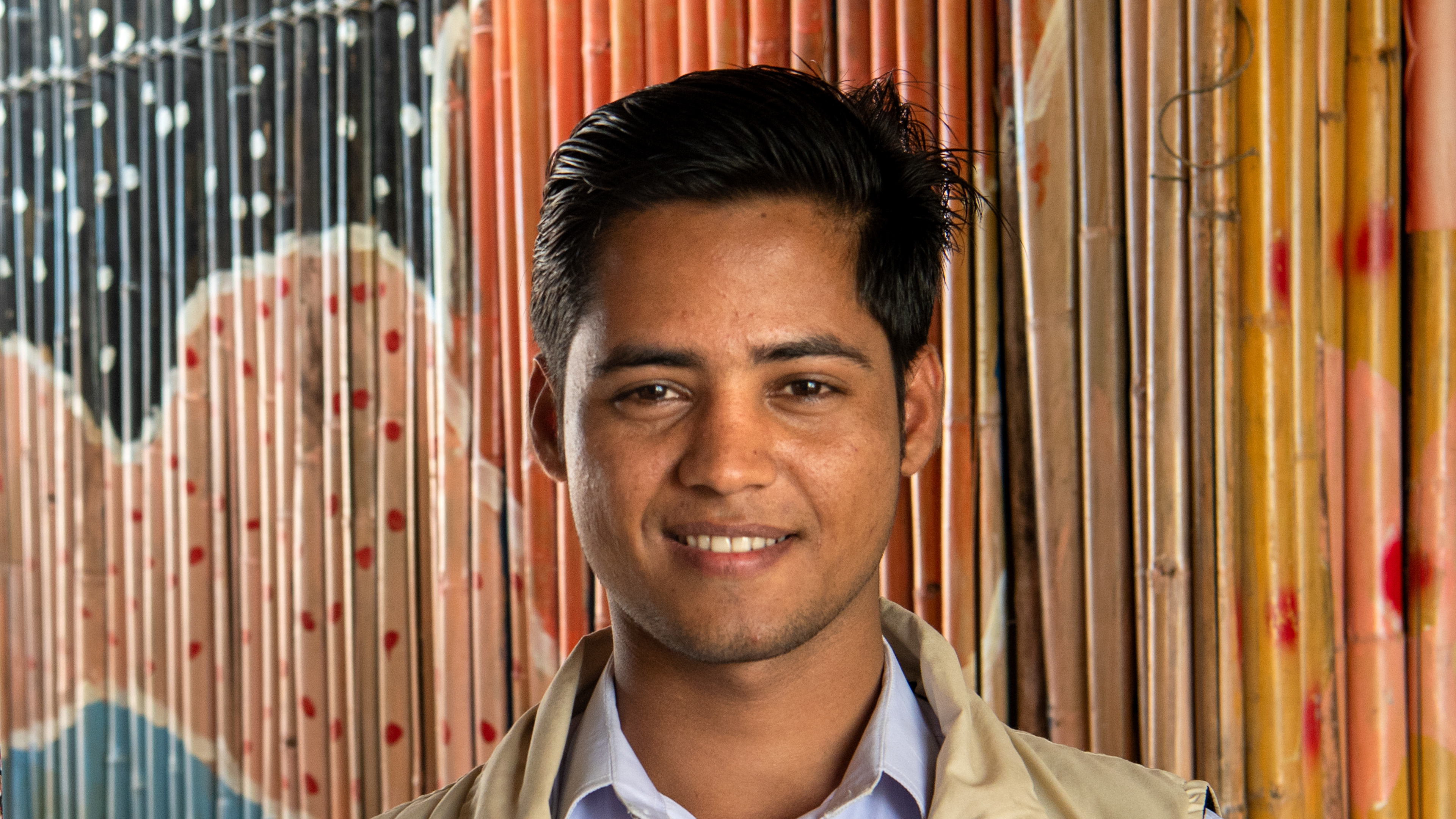Children's Claims

Children's Claims
UNHCR has long recognized the specific protection needs of children in asylum procedures. Children might have independent claims to refugee status separate from those of their parents or other family members, in part due to the possibility that they may experience certain child-specific forms of persecution that could give rise to a distinct claim for protection. In addition, children have inherent vulnerabilities that mandate additional safeguards as they move through the asylum process.
Key UNHCR Resources
For a discussion of substantive and procedural considerations relevant to child-specific asylum claims, including in the U.S. context, see:
- Guidelines on International Protection, Child Asylum Claims under Articles 1(A)2 and 1(F) of the 1951 Convention and/or 1967 Protocol relating to the Status of Refugees (2009)
- UNHCR Best Interests Procedure Guidelines: Assessing and Determining the Best Interests of the Child (2021)
- Amicus Brief, Marroquin-Perez v. Barr (2020)
- Amicus Brief, Grace v. Barr (2019)
- Amicus Brief, Matter of O.L.B.D. (2019)
- Amicus Brief, Mejilla-Romero v. Holder (2010)
- UNHCR Recommendations to Support the Work of the Interagency Task Force on the Reunification of Families (2022)
For a discussion of the reasons why children who flee Central America and Mexico may need international protection, see:
Additional Materials



